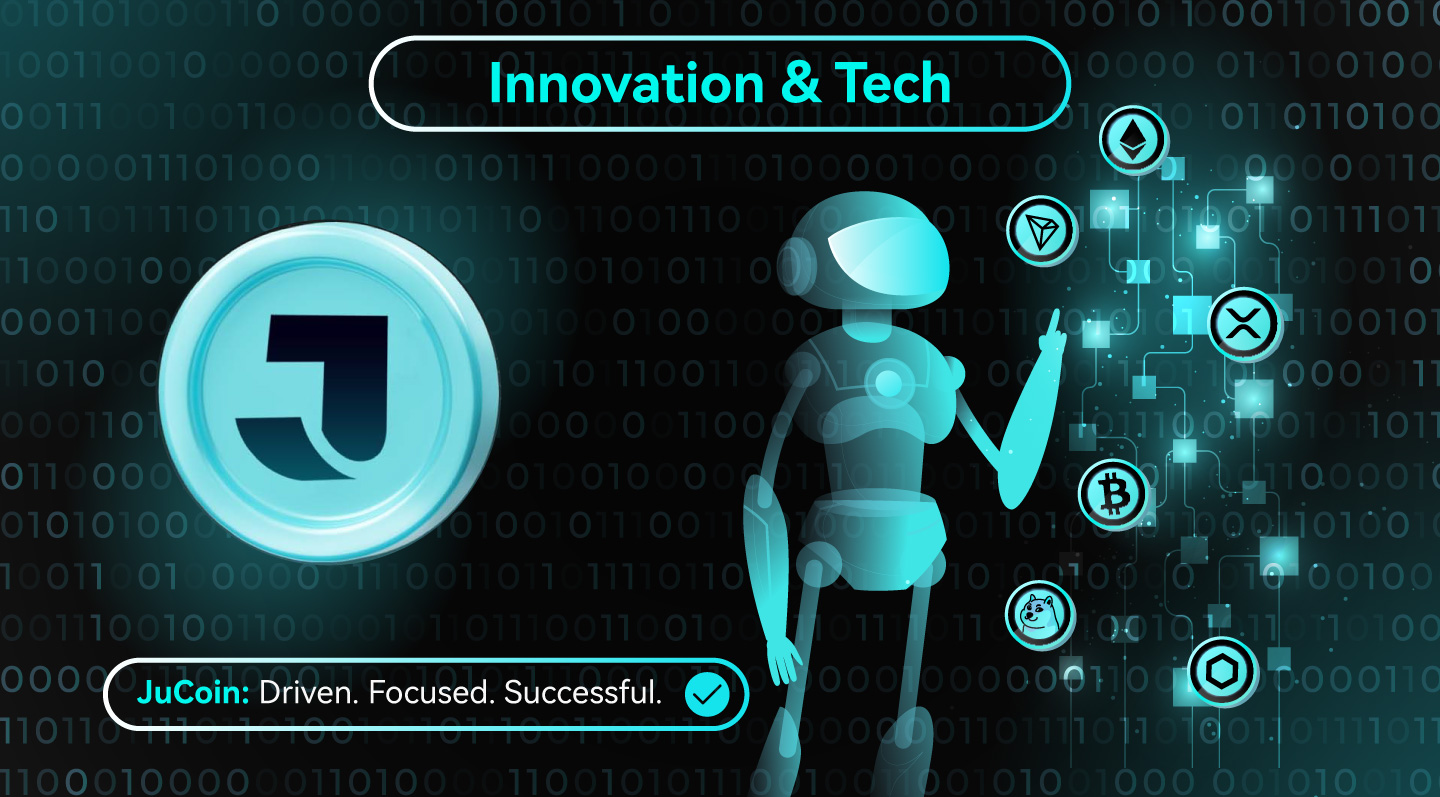
Key Takeaways
- DeFi has surpassed $100 billion in total value locked by 2025, showcasing its growth as a transparent, intermediary-free financial ecosystem powered by blockchain technology.
- Key 2025 DeFi trends include real-world asset tokenization, cross-chain interoperability, and AI integration, expanding decentralized finance’s accessibility and efficiency.
- Regulatory uncertainty, particularly around stablecoins, remains a significant barrier to institutional DeFi adoption, with fragmented global frameworks complicating compliance.
- Security and scalability challenges, including the blockchain trilemma, persist, but solutions like Layer-2 networks and sharding are enhancing DeFi’s performance.
- DeFi’s future lies in deeper integration with traditional finance, evolving regulations, and innovative applications like DePIN, poised to transform global financial systems by 2032.
Decentralized Finance, or DeFi, has evolved from a niche cryptocurrency experiment into a transformative financial paradigm, with over $100 billion in total value locked by 2025. By leveraging blockchain technology, DeFi eliminates traditional intermediaries, offering transparent, efficient, and accessible financial services. For instance, users can lend or borrow funds directly on platforms like Aave, bypassing banks entirely. As institutional interest surges alongside technological advancements, decentralized finance stands at a pivotal moment, balancing immense growth potential with regulatory and technical challenges.
This Innovation and Tech report explores DeFi’s current state, key trends, adoption barriers, and future trajectory in the evolving blockchain finance landscape.
DeFi Overview
Decentralized finance redefines financial services by using blockchain technology, a decentralized ledger ensuring transparency and immutability, to deliver permissionless products without banks or brokers. Smart contracts, self-executing agreements coded on the blockchain, power DeFi’s offerings, enabling trustless transactions validated by consensus algorithms. This architecture positions decentralized finance as a secure, intermediary-free alternative to traditional finance, accessible to anyone with an internet connection.
By 2025, DeFi’s total value locked has surpassed $100 billion, according to industry estimates, reflecting robust growth and adoption. Contributing significantly to certain economies, DeFi’s global reach varies, with some regions embracing it faster than others. Institutional adoption, though slower than anticipated due to regulatory complexities, is gaining momentum. Major financial firms are testing DeFi protocols, laying the foundation for broader mainstream integration and signaling confidence in blockchain finance’s future.
Key DeFi Trends In 2025
In 2025, transformative trends are shaping decentralized finance, enhancing its functionality and appeal across financial systems:
- Real-World Asset Tokenization: Tokenizing assets like real estate, art, or commodities into blockchain-based tokens enables fractional ownership, democratizing access to high-value investments. For example, a single property can be split into thousands of tokens, allowing small investors to participate. These tokens bridge traditional and decentralized markets, creating diverse opportunities.
- Cross-Chain Interoperability: Solutions like atomic swaps and cross-chain bridges allow seamless asset transfers between blockchains, such as Ethereum and Solana. This connectivity boosts liquidity, expands access to DeFi applications, and fosters a more cohesive blockchain ecosystem.
- AI Integration: AI-powered DeFi automates trading, risk management, and credit scoring, improving efficiency and accessibility. Known as “DeFAI,” this synergy personalizes financial products, such as tailored lending rates, making DeFi platforms smarter and more user-friendly.
- Institutional Adoption: Financial institutions are adopting hybrid DeFi-traditional finance models, blending blockchain’s efficiency with established stability. Decentralized derivatives markets, similar to bullish pennant-driven trading strategies, attract investors seeking advanced financial instruments without traditional exchanges.
- Decentralized Identity: Decentralized identity systems empower users to control their data, sharing it selectively with DeFi platforms. On-chain reputation mechanisms track creditworthiness, enhancing trust and transparency in lending and borrowing.
- Innovative Yield Mechanisms: Platforms like ZENMEV democratize Maximal Extractable Value opportunities, redistributing profitable blockchain trades to users. Perpetual Liquidity Pools offer enhanced leverage, allowing investors to maximize capital efficiency with smaller deposits.
These trends, from tokenization to AI-driven automation, highlight DeFi’s growing role in revolutionizing financial markets and broadening access to wealth-building tools.
Challenges To DeFi Adoption
Despite its progress, decentralized finance faces significant obstacles to widespread adoption, spanning regulatory, technical, and usability issues:
Regulatory Uncertainty
Unclear regulations, particularly for stablecoins, hinder institutional DeFi adoption in major markets like the U.S. and EU. Globally fragmented frameworks create compliance challenges; for instance, progressive policies in Singapore contrast with restrictive ones elsewhere. In 2025, a U.S. resolution blocked proposed DeFi broker regulations, reflecting ongoing policy debates. Stringent capital requirements further deter direct institutional participation, pushing firms toward indirect investments, such as DeFi-focused funds.
Security & Technical Challenges
Blockchain’s distributed nature enhances security, but smart contract vulnerabilities expose DeFi platforms to hacks. The blockchain trilemma, balancing decentralization, security, and scalability, limits transaction speeds compared to centralized systems like Visa. Emerging solutions, including Layer-2 networks for faster transactions and sharding to process data in parallel, are improving performance, yet technical hurdles remain a concern for DeFi’s scalability.
User Experience Barriers
Complex DeFi interfaces often overwhelm new users, slowing mainstream adoption. For example, navigating a lending protocol can feel daunting without clear guidance. Platforms are simplifying dashboards, streamlining staking processes, and offering tutorials to improve accessibility. These user-focused enhancements are critical for expanding decentralized finance to a broader audience beyond crypto enthusiasts.
Future Of DeFi
Beyond 2025, DeFi is set to deepen its integration with traditional finance, creating hybrid models that combine blockchain’s efficiency with established trust. Bitcoin ETFs and widespread industry confidence signal growing legitimacy, with the blockchain market projected to reach $1 trillion by 2032. Clearer regulations in key regions will reduce uncertainty, fostering secure DeFi platforms. Innovations like Internet of Things-enabled microtransactions and Decentralized Physical Infrastructure Networks (DePIN) for utilities will expand DeFi’s reach, empowering communities and transforming finance, infrastructure, and even social equity by making financial tools universally accessible.
DeFi’s Promise: A Financial Renaissance
Decentralized Finance, with over $100 billion in value locked by 2025, is redefining financial services through blockchain-powered trends like tokenization, interoperability, and AI integration. Despite regulatory uncertainty, security risks, and usability challenges, DeFi’s trajectory points to deeper integration with traditional finance and innovative applications like DePIN, promising to democratize investment and reshape global markets by 2032.






